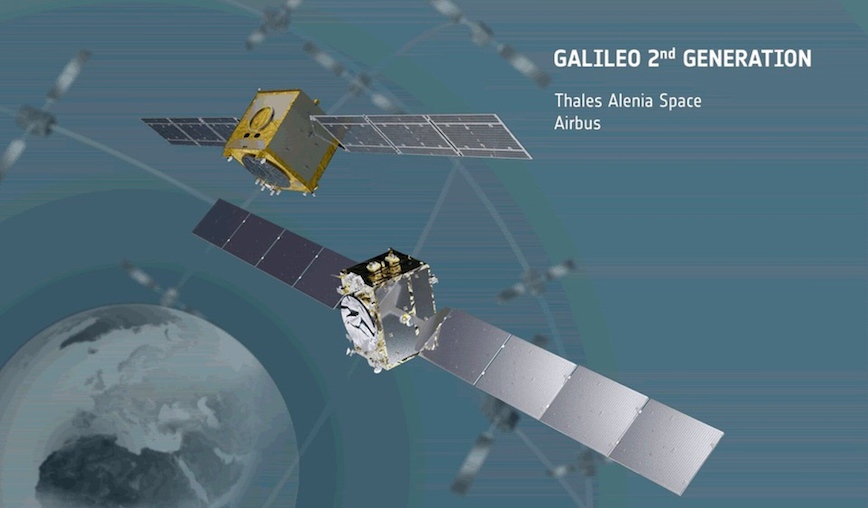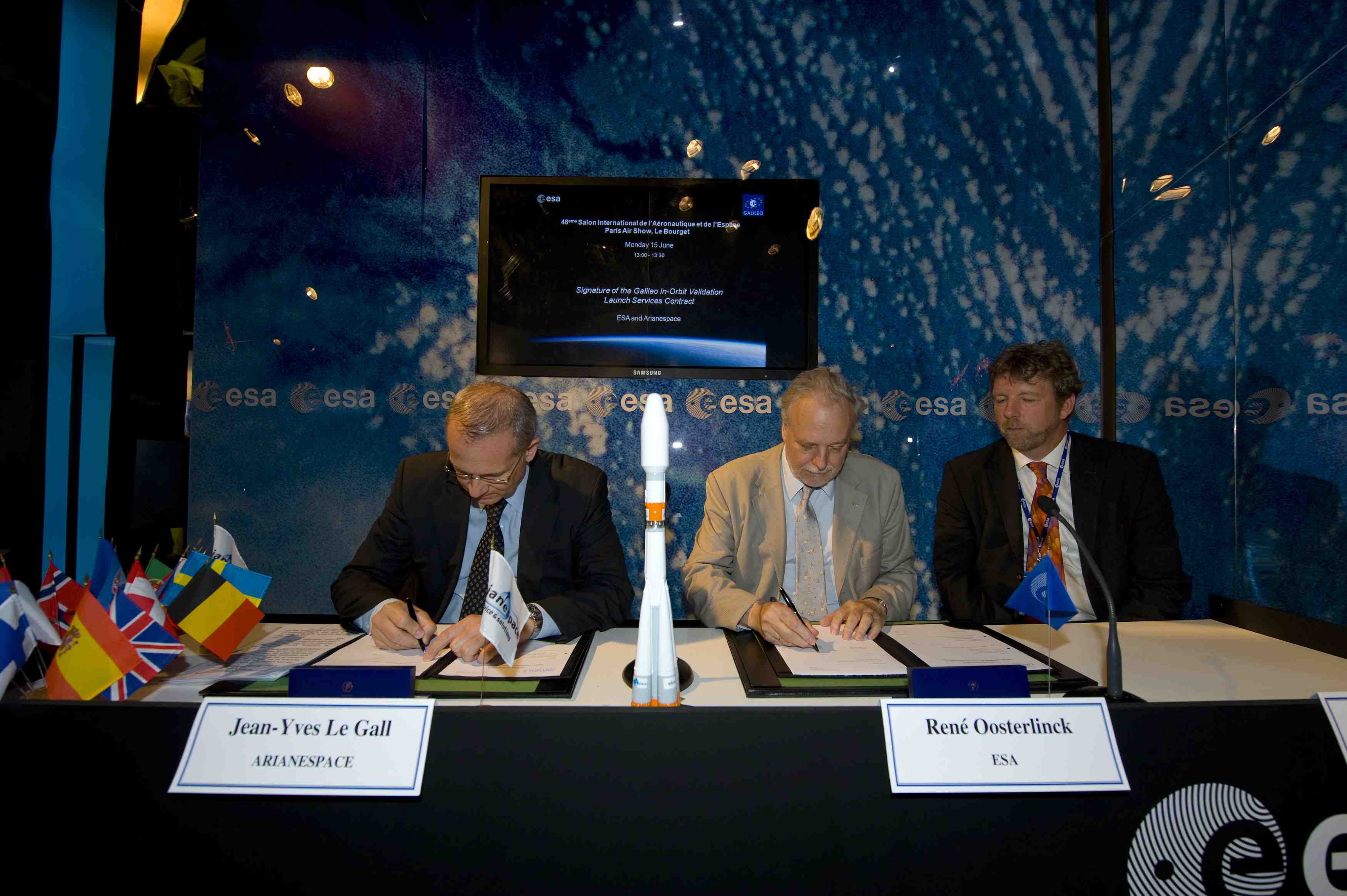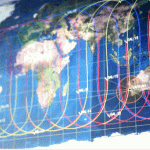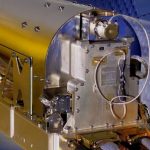The European Space Agency finally signed two contracts for an overall amount of €1.47 billion, to design and build the first batch of the second generation of Europe’s Galileo navigation satellites. The work to create two independent families of GNSS satellites, six each, amounting to 12 Galileo Second Generation satellites in total, will now get underway. It is to take place in a short time scale, with first launch expected in less than four years.
The awards to ThalesAleniaSpace (Italy) and Airbus Defence & Space (Germany) were announced in January, but the process had been on hold pending the outcome of a court action filed by OHB System contesting the Airbus portion. In a decision announced on May 27, “”The President of the General Court dismisses the application to suspend the operation of the decisions of the European Space Agency, acting in the name and on behalf of the European Commission, providing for the exclusion of the German company OHB System from the public contract for the ‘Procurement of Galileo transition satellites’.” The document contains some curious language that could be interpreted as hedging.
In the mean time, other Second Generation contracts have gone forward, one for a constellation simulator and one for advanced orbit determination. A contract for Second Gen ground control segment had been announced in November 2020.
ESA and the European Union Agency for the Space Programme (EUSPA) anticipate that with improved accuracy, the new generation should be able to offer decimetre-scale precision positioning to all.
The Galileo Second Generation (G2) satellites will join the 26 first generation Galileo satellites in orbit today plus the 12 ‘Batch 3’ satellites currently in production and testing, with a first launch later this year. All the previous satellites were built by OHB.
The G2 satellites will gradually join the existing constellation, but will be much larger than the current satellites. Using electric propulsion for the first time, and hosting an enhanced navigation antenna, their fully digital payloads are being designed to be easily reconfigured in orbit, enabling them to actively respond to the evolving needs of users with novel signals and services.
New on-board technologies include electric propulsion to propel the satellites from the orbit in which they will be launched to the final operational orbits, allowing two satellites to be launched at once despite their increased mass. Inter-satellite links between the satellites will let them routinely cross-check their performance and reduce their dependency on the availability of ground installations. The satellites will also feature a more powerful navigation antenna, more precise onboard atomic clocks, as well as advanced jamming and spoofing protection mechanisms to safeguard Galileo signals.






